Box, Contents & Bundle
The fan I tested was on the new Noctua G2 coolers, so there is no box to take photos. This is a fine opportunity to present one of my cats to you, Tom.
The cooler’s bundle includes the following. Since I had no retail box, I used Noctua’s information on the bundle. I also used the stock photo.
- NA-RC16 Low-Noise Adaptor (L.N.A.)
- NA-YC1 4-pin PWM splitter cable
- NA-EC1 30cm extension cable
- 4x NA-AV2 anti-vibration mounts
- Fan screws
The fan, which has nine blades, is made by Sterrox LCP. In this section, I want to stay on some of the fan’s most important features:
Progressive-Bend impeller

The NF-A14x25 G2 features a Progressive Bend Impeller with flow acceleration channels and winglets. Its nine blades are swept backward close to the hub and progressively bent forward further out. Working in tandem with the Centrifugal Turbulator hub, this design not only helps to push more air toward the outer blade areas where efficiency is higher but also ensures maximum lift and near-uniform loading across the entire blade span.
Centrifugal Turbulator Hub
The new Centrifugal Turbulator hub design improves flow attachment in the hub region. At the same time, its centrifugal driving motion pushes air outwards from the hub area where efficiency is low due to the slow rotational speed towards the outer, high-efficiency zones of the blades, thereby increasing overall efficiency by optimizing fluid distribution across the impeller area.
Flow Acceleration Channels

The NF-A14x25 G2 impeller features suction-side Flow Acceleration Channels. By speeding up the airflow at the crucial outer blade regions, this measure reduces suction side flow separation, leading to better efficiency and lower vortex noise.
Winglets

Winglets can help reduce tip vortices caused by the pressure differential between the suction and the pressure side of fan blades but bear the risk of reducing efficiency due to extra fluid displacement in high-velocity regions. The NF-A14x25 G2’s small winglets have been fine-tuned to provide consistent efficiency gains working in tandem with its Progressive-Bend blade geometry, Flow Acceleration Channels, and AAO frame.
Ultra-tight tip clearance

The NF-A14x25 G2 has a tight tip clearance (distance between the blade tips and the inside of the frame) of only 0.7mm. This design helps the NF-A14x25 G2 work more efficiently against back pressure, such as on heatsinks or radiators, by reducing leak flows through the gap between the impeller and frame.
Stepped Inlet Design

Noctua’s Stepped Inlet design adds turbulence to the influx to facilitate the transition from laminar to turbulent flow. This reduces tonal intake noise, improves flow attachment, and increases suction capacity, especially in space-restricted environments.
Inner Surface Microstructures

With the tips of the fan blades plowing through the boundary layer created by the Inner Surface Microstructures, flow separation from the suction side of the blades is significantly suppressed, which results in reduced blade passing noise and improved airflow and pressure efficiency.
According to the above, Noctua could easily shift from fan design to aviation propellers anytime!
Some more close-up photos of the fan.


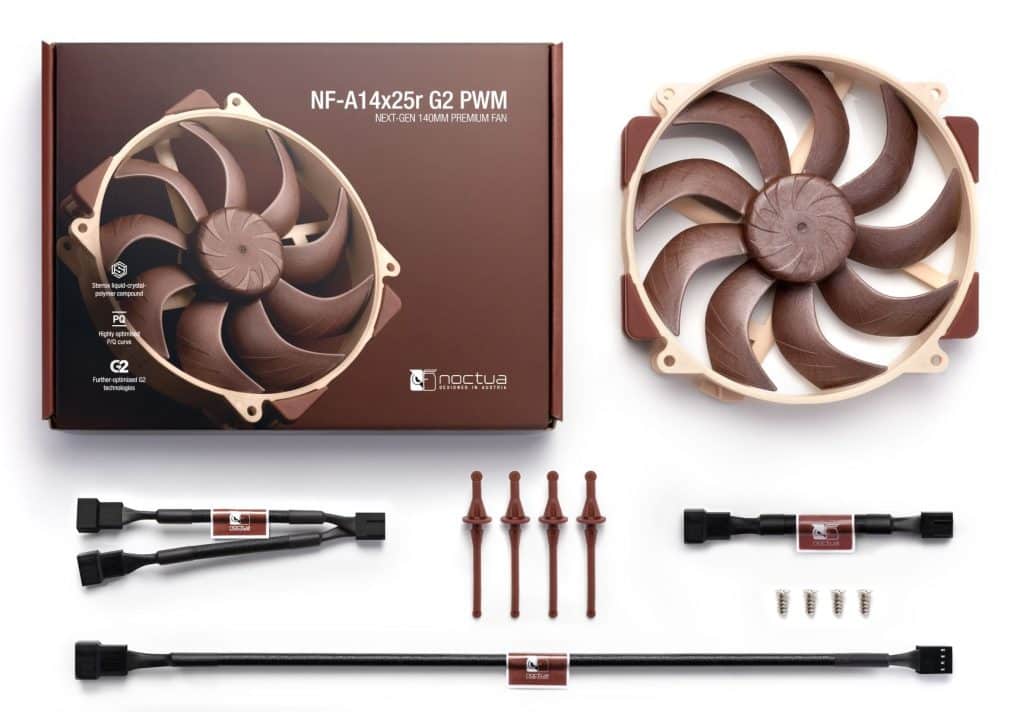
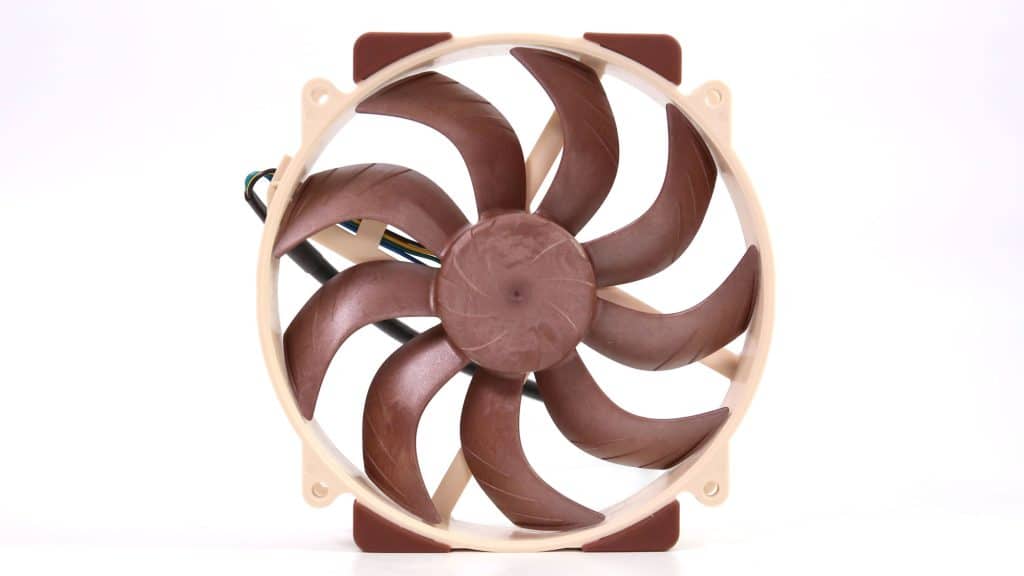
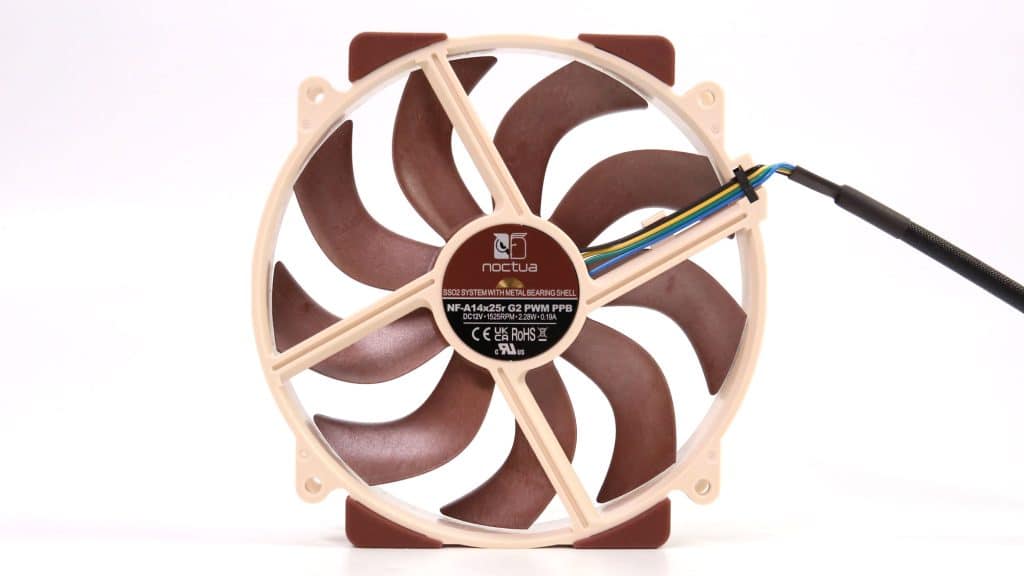

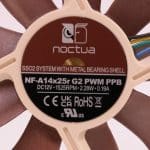

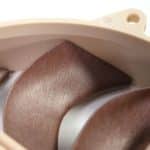
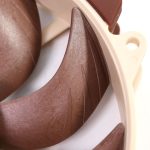
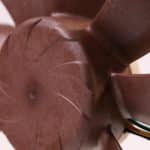


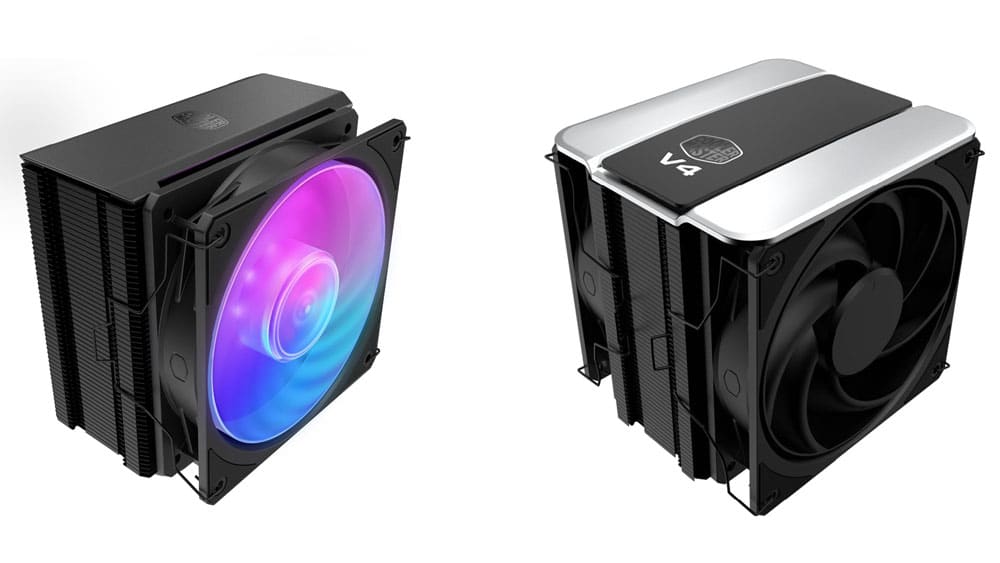
Just saw the square frame A14x25 report! Seems like the round frame sample performed ever so slightly better? 1545~ rpm at 31.4dba while the square frame was 1505~ rpm at 32.9dba, would you say this is within sample to sample variability/margin of error? Or is there any possibility of the frame itself causing this small difference, even if only in this testing setup?
Thank you for all the testing btw, invaluable info, proper technical testing and insights for us. And I guess the square frame version will be available very soon, likely next week?
Hey Aris,
first of all, thanks for making these tests. I wish i saw them before buying my new fans😅
I wanted to ask if you could test push vs. pull when it comes to static pressure and flow? Or why you haven’t done it so far? Is it maybe not that different or literally the same?
I ask because i have to go with pull on my new PC, as it makes the loop much easier to do, but I’ve heard fans don’t like it so much compared to push.
Maybe you could chime in and tell me how you feel about it, would be really helpful 🙂
I could do that, but I would have to reconfigure my entire testing machine and do all the fans I have evaluated so far, so for now only push I am afraid. In any case keep in mind that a fan that is better in push, will also be in pull.
Thanks Aris,
im at that point where im probably in the overthinking stage, because building starts soon and i dont want to make an easy mistake that could’ve been avoided😅
I wish i knew you now make fan testing too at the start, then i could’ve asked about the push vs. pull stuff, but shit happens i guess haha
How do you feel about reviewing older models? I’d really like to hear your opinion on Silverstone FHP141. This 140mm×38mm chonky looks really promising judging by its product page and its single existing review. Neither of them went nitty gritty with it however, so I was hoping you’d fix that.
Does this fan currently only support the newly launched air coolers?
Can the current mounting screw holes be properly installed on radiators or other positions?
Nope it supports any cooler that can take 140mm fans.
The weak 1500 RPM limit prevents it from being the best 140mm fan IMO
At low RPM, the top 10 fans will likely perform the same in real world as long there’s no weird motor noise. And that’s pretty much the only thing this fan has to offer. P14 Max already offers this PLUS the ability to scale up to compete against high raw perf fans like Noctua Industrial 3000 RPM—-it’s practically like the Phanteks T30 but in 140mm. P14 Max is still the 140mm fan to beat. I hope Noctua release a higher RPM version to justify the high price.
We always wait the test of the fastest 140mm fan for a versus to the Super Flower Megacool. You have news about Noctua for the nf-a14 industrialppc-3000 pwm ??? Couple month ago you said your contact don’t reply and you will ask again.
Let me ask them again. I asked in the past, but they didn’t send them to me.
In worst case I think for that fan only, it worth that you buy it for the review. I think for that 140mm chart, that fan is a huge missing, because everyone know it was the best performer since a long time. There no others like that one excepted maybe Delta server fan in 38mm but no gamer buy this versus in old time like 2005.
Please send me a solid-works 3D model file for the NF-A6X25 PWM FAN.
Please let me know if the model is available or send it in a .step file format or any compatible format that is available.
hm not sure what you need/ask.
Can you please review the Antek Storm T3 140mm fans? Thir specs seem amazing for the price.
I will talk to Antec!
Yep. Really interested about these as well!
Another vote for Antek T3 140mm
They told me that they would send it for review. Still waiting, though.